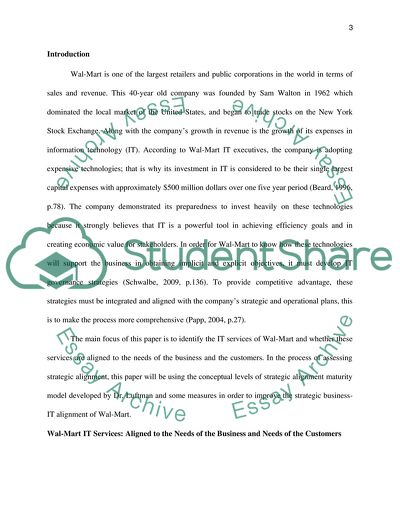Cite this document
(Security Management of Wal-Mart Case Study Example | Topics and Well Written Essays - 2660 words - 1, n.d.)
Security Management of Wal-Mart Case Study Example | Topics and Well Written Essays - 2660 words - 1. Retrieved from https://studentshare.org/information-technology/1748400-report-for-security-mangment
Security Management of Wal-Mart Case Study Example | Topics and Well Written Essays - 2660 words - 1. Retrieved from https://studentshare.org/information-technology/1748400-report-for-security-mangment
(Security Management of Wal-Mart Case Study Example | Topics and Well Written Essays - 2660 Words - 1)
Security Management of Wal-Mart Case Study Example | Topics and Well Written Essays - 2660 Words - 1. https://studentshare.org/information-technology/1748400-report-for-security-mangment.
Security Management of Wal-Mart Case Study Example | Topics and Well Written Essays - 2660 Words - 1. https://studentshare.org/information-technology/1748400-report-for-security-mangment.
“Security Management of Wal-Mart Case Study Example | Topics and Well Written Essays - 2660 Words - 1”, n.d. https://studentshare.org/information-technology/1748400-report-for-security-mangment.


